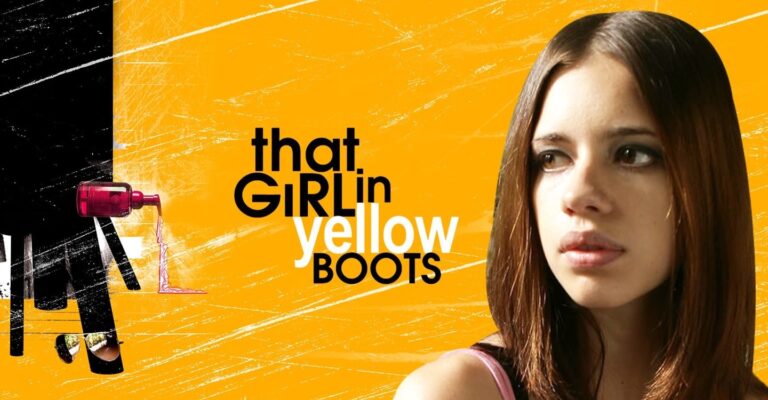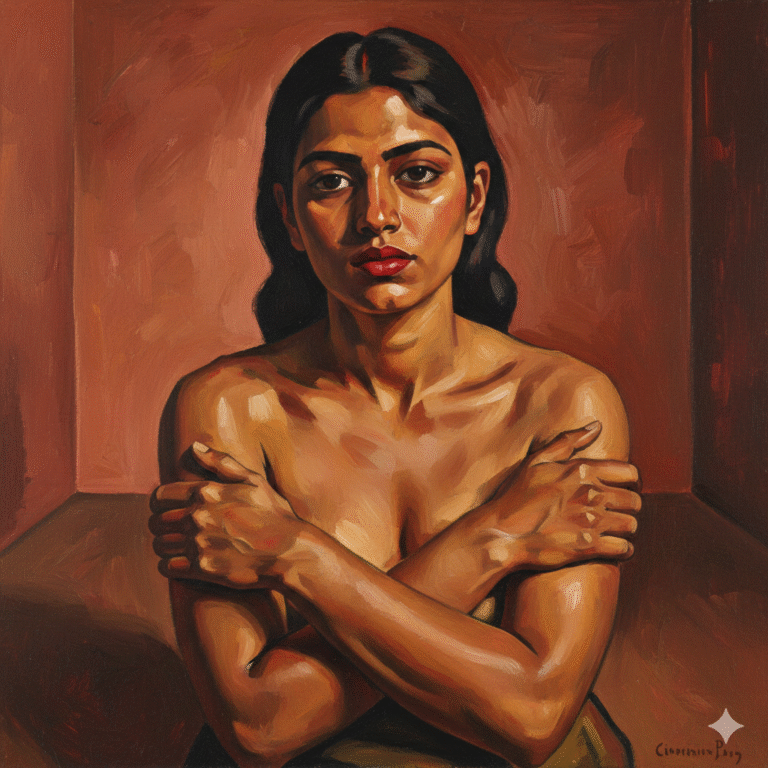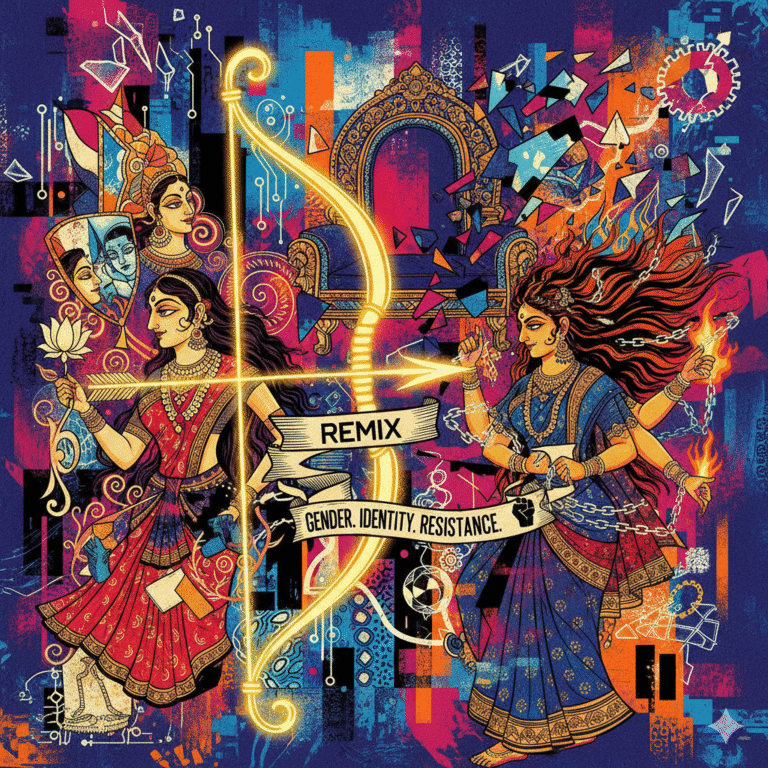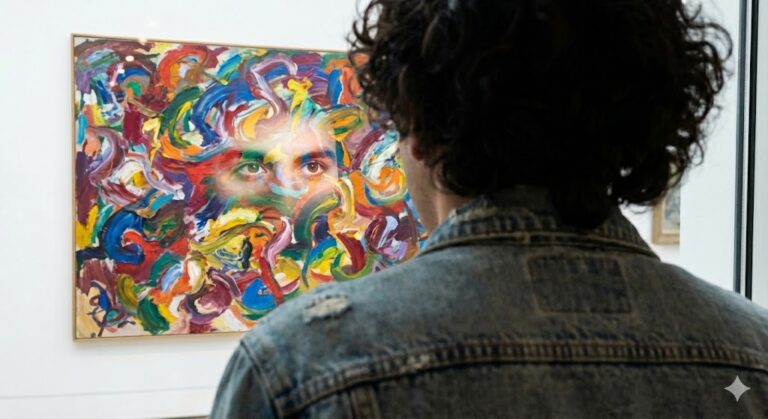by Arjun Ghosh
Fifty years ago, on August 15–18, 1969, in the Catskill Mountains, northwest of New York City, at Max Yusgur’s 600-acre dairy farm near White Lake, 70 km southwest of Woodstock, three days and nights of music, peace and togetherness took place that would re-define a generation. Who would be forever known as the “Woodstock Generation”.
Woodstock was the brainchild of Michael Lang, Artie Kornfeld, Joel Rosenman, and John P. Roberts. Roberts and Rosenman financed the project. Lang had some experience as a promoter, having co-organized a festival on the East Coast the prior year — the Miami Pop Festival.

It’s hard to believe today that Woodstock nearly did not happen. For, the initial search for a venue resulted in a series of disappointments. The original venue Wallkill, New York, had to be abandoned due to the opposition of the townspeople, as was the second choice Saugerties, New York because of the landowners’ objection and the third venue a 300 acre industrial park also in Wallkill, New York had to be given up for the same reason. Finally a realtor took Lang to Yasgur’s 600 acre farm that would be the final venue. Yasgur’s land formed a natural bowl sloping down to Filippini Pond on the land’s north side. The stage would be set up at the bottom of the hill with Filippini Pond forming a backdrop, which would go down in the annals of Woodstock as the skinny-dipping venue where young men and women would express their total freedom from conventions.

Getting the bands
It also seems strange today that organizers had real difficulty getting big name bands to sign up to perform for an event, that is iconic today and the bands that did perform have had their names indelibly inscribed in the history of rock and roll. But that is exactly the second hurdle the organizers faced in April 1969. Creedence Clearwater Revival became the first act to sign a contract for the event, agreeing to play for $10,000 (equivalent to $68,000 today). As Creedence drummer Doug Clifford later commented, “Once Creedence signed, everyone else jumped in line and all the other big acts came on.”


The Festival
Initially Woodstock was not a free concert and tickets for the three-day event cost $18 in advance and $24 at the gate (approximately $120 and $160 today). Around 186,000 advance tickets were sold, and the organizers anticipated approximately 200,000 festival-goers would turn up.
However on August 15, 1969, as the festival kicked off, an unprecedented thing happened. Thousands and thousands of young people started pouring in, till the crowd swelled to an astonishing 500,000 strong that no one had anticipated. Those without tickets simply walked through gaps in the fences, and the organizers were forced to make the event a free concert. Though, the festival left its promoters nearly bankrupt, their ownership of the film and recording rights more than compensated for the losses after the release of the hit documentary film in 1970. Massive traffic jams stretched right up to the New York state thruway, so that most of the performers had to be helicoptered in. And so three days and nights of unprecedented music, peace and love started, the reverberations of which are still echoing today.
The Music
Woodstock was the place where all the different genres of rock and roll exploded on the stage. From psychedelic rock, folk rock, blues rock, roots rock, every form of rock and roll with the biggest names in the business performing. The other aspect of the music was the anti-establishment protest. In the era of the Vietnam War, with its attendant anti-draft and anti-war protests, and the disillusion with the rat race of middle class America, rock music always a mirror of the times and youth, reflected all these themes.
Thirty-two acts performed in Woodstock over the three days and nights. The festival kicked off with Ritchie Havens.
Havens was followed by heavy weights like Tim Hardin, Melanie, Arlo Guthrie and Joan Baez.

The performances carried on till 2 am in the morning. The next day another set of musicians took over at noon starting with Country Joe McDonald at the end of whose set the rain started pouring in. Undeterred the crowd started having fun sliding in the mud in a joyous expression of enjoying nature in all its forms. The crowd then went into a spontaneous rain chant and as the rain stopped Carlos Santana (guitar and vocals) and his band with Mike Shrieve, the youngest drummer in the festival, Gregg Rolie (keyboards, lead vocals), Neal Schon (guitar, vocals) and Michael Carabello (percussion) took over.
The next afternoon as the people drifted back from the woods and fields where they had finally gone off to snooze, Joe Cocker and the grease band from England hit the stage in a hard rock cover of the Beatles song “A Little Help from My Friends”
For a gathering of 500,00 young people for three days and nights, with the widespread use of mind expanding substances (I refuse to call them drugs), food running short in the area, camping out in the open, with a section of the audience like the Hells Angels prone to violence, it would seem a recipe for disaster to the establishment. However not a single incident of violence happened over the three days and nights. In fact the people shared whatever food and water that could be found with each other and helped each other. The entire atmosphere was of love, peace and togetherness. The youth of America proved to the world that left to themselves the young people could live and enjoy themselves in harmony, in glaring contrast to the war mongering rat race of their parents’ generation and the established order in America of the times. It was a moment in time, the likes of which probably would never be seen again.









Beautifully documented. Nice one Arjun
Great write-up Arjun.Enjoyed every word.
..